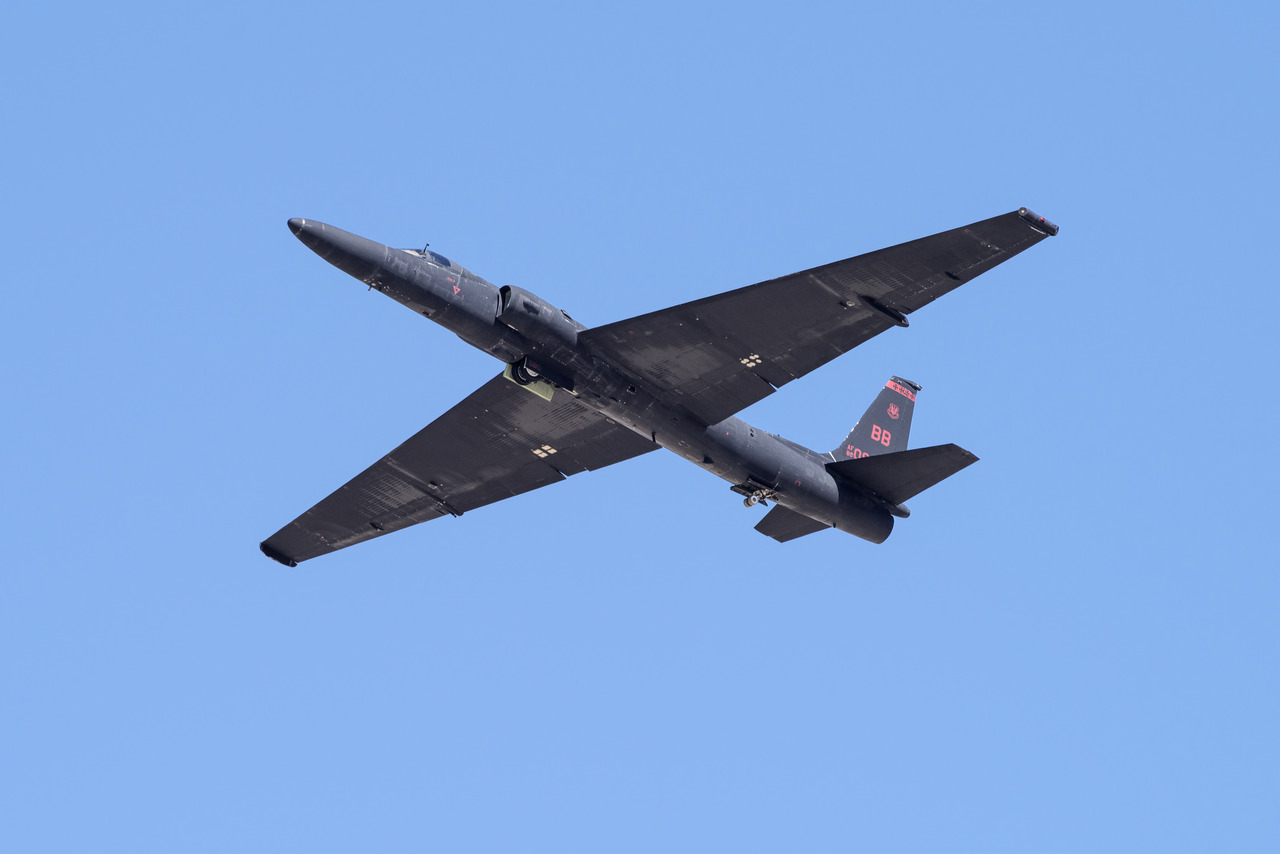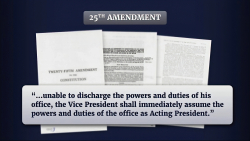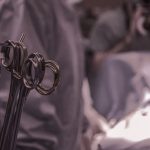
The US Air Force Might Retire the U-2 Reconnaissance Aircraft
At the 2025 Royal International Air Tattoo, US aircraft like the B-1B and U-2 showcased American airpower and diplomacy, possibly marking the U-2’s final appearance before retirement.
The Royal Air Force (RAF) base at Fairford, England, has hosted United States Air Force aircraft since the Cold War era. In recent years, Boeing B-52 Stratofortress bombers have operated from the base in Bomber Task Force (BTF) missions. However, this past weekend, numerous noteworthy American combat aircraft were present at RAF Fairford for the Royal International Air Tattoo (RIAT), which is now one of the largest military air shows in the world.
Held annually on the third weekend of July in support of the Royal Air Force Charitable Trust, the event attracts more than 185,000 spectators who come to see aerial demonstrations and notable aircraft.
This year was certainly no exception.
What Kinds of Aircraft Flew at the RIAT?
This year’s Air Tattoo saw dozens of aircraft flown in from around the world; around a dozen US Air Force warbirds were deployed to Gloucestershire to take part in the annual air show. That included a B-1B Lancer long-range strategic bomber from the 37th Bomb Squadron, which flew in from Grand Forks, ND, the temporary home of the unit.
The Rockwell B-1 Lancer, initially flown 40 years ago, remains a key part of the US Air Force’s bomber fleet, even as its nuclear mission was removed in 1994.
The US Air Force pulled out all the stops this year, offering flying demonstrations of the Lockheed U-2 Dragon Lady at the RIAT 2025. Although the base is home to the 99th Expeditionary Reconnaissance Squadron, which operates the aircraft, it isn’t a guarantee that attendees can expect to see the famed high-altitude spy plane. It may also be one of the final appearances of the Dragon Lady at the renowned event.
There are now just 27 U-2 spy planes still in service, and current plans call for the Cold War-era aircraft to be retired in Fiscal Year 2026 (FY26). However, the U-2 has been employed in a high-flying eye-in-the-sky role this year along the southern border of the United States, aiding in border patrol operations.
The History of the U-2 Spy Plane
Developed at Lockheed’s famed Skunk Works division under the supervision of engineering guru Clarence “Kelly” Johnson in 1953, the U-2 took the sleek lines of a traditional sailplane, featuring long, tapered wings that allowed it to fly missions ranging 3,000 miles while carrying 700 pounds of then-state-of-the-art photoreconnaissance equipment.
The program was restarted in the 1980s, and as a result, many of the U-2s flying today are relatively new. Moreover, although the basic design is essentially the same as the originals produced years earlier, the U-2S models are 40 percent larger and feature a modular design that allows the aircraft to carry more equipment, as well as heavier equipment. That approach has also enabled the Dragon Lady to be adapted for specific missions.
However, the remaining aircraft are still showing their age. While there have been efforts to upgrade and modernize the high-flying aircraft significantly, current plans call for the Northrop Grumman RQ-180 stealth drone to take over the ISR role in the coming years.
In the meantime, the aircraft served as a de facto goodwill ambassador at the recent RIAT 2025.
“America’s international partners are one of its greatest strengths,” said US Air Force Capt. Mercer Martin, 99th Expeditionary Reconnaissance Squadron U-2S pilot, in an Air Force statement. “Spending our time meeting our partners in person while forging bonds and friendships is an essential addition to the relationships we have with our allied nations around the world.”
About the Author: Peter Suciu
Peter Suciu has contributed over 3,200 published pieces to more than four dozen magazines and websites over a thirty-year career in journalism. He regularly writes about military hardware, firearms history, cybersecurity, politics, and international affairs. Peter is also a Contributing Writer for Forbes and Clearance Jobs. He is based in Michigan. You can follow him on Twitter: @PeterSuciu. You can email the author: Editor@nationalinterest.org.
Image Credit: Shutterstock/Angel DiBilio.
The post The US Air Force Might Retire the U-2 Reconnaissance Aircraft appeared first on The National Interest.


















